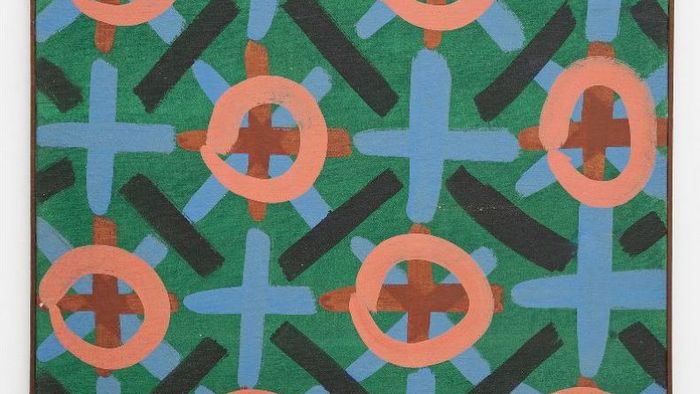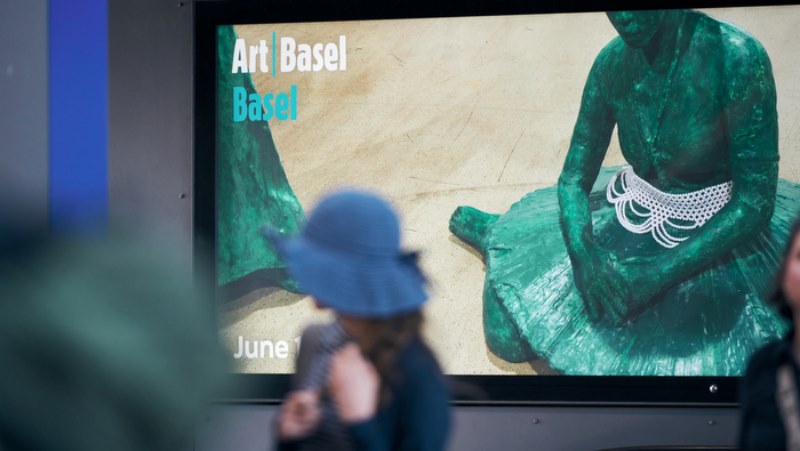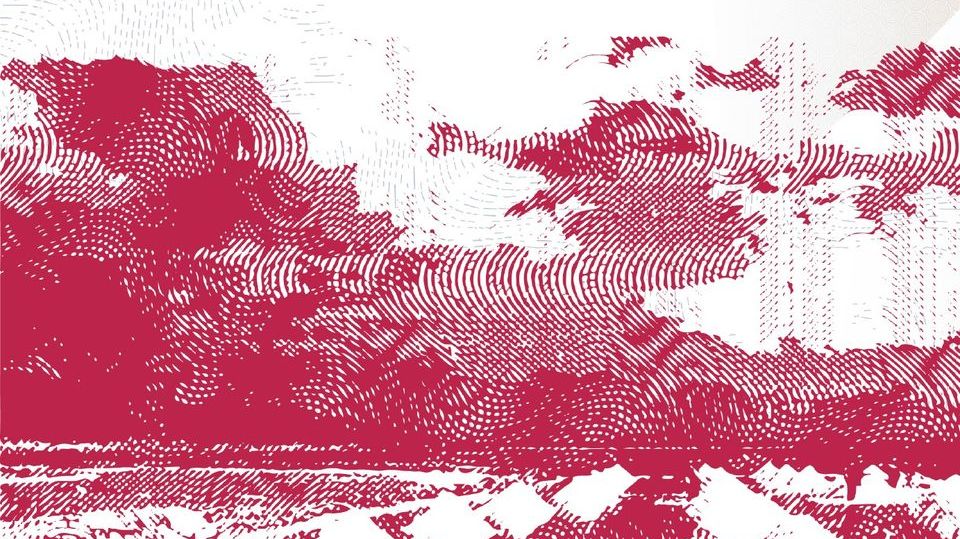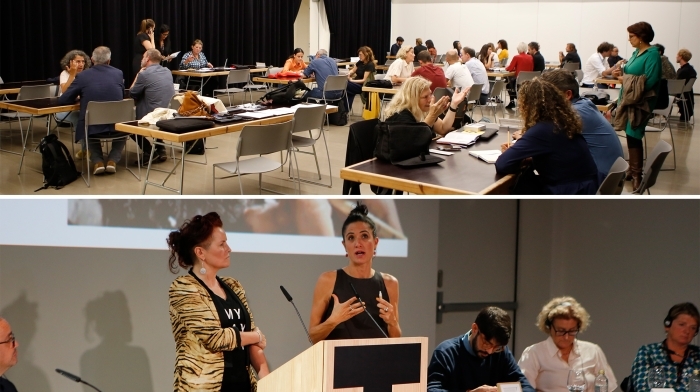The Seventh Biennial of Visual Arts in the Central American Isthmus (BAVIC 7) opened on Nov. 1 in Nicaragua. Coordinated by the Ortiz Gurdian Foundation, the gathering includes –in addition to the main exhibit- a theoretical event planned by Marivi Veliz with a list of major curators and art critics from the region attending.
As many as 45 artists –including a group- from Guatemala, El Salvador, Honduras, Nicaragua, Costa Rica and Panama will showcase a grand total of 70 artworks. All of them were handpicked in biennials and other local events by international jurors.
 In addition to emerging creators, the Biennial is bringing in some artists who have already exhibited in galleries across the U.S. and Europe. It’s important to bear in mind that from the word go BAVIC has attempted to become a platform for new breeds of Central American artists to bask in the world limelight, creators who are every so often excluded from the major circuits of the contemporary arts. As a matter of fact, the fair was founded in 2002 as a response to these artists’ demand for a space of their own in the contemporary and visual arts: installations, video art, public actions and interventions. In the beginning, this was an event exclusively devoted to the region’s painting. A number of similar initiatives in the region have come up since then, like EspIRA La Espora in Nicaragua, TEORéTica in Costa Rica and Mujeres en las Artes in Honduras.
In addition to emerging creators, the Biennial is bringing in some artists who have already exhibited in galleries across the U.S. and Europe. It’s important to bear in mind that from the word go BAVIC has attempted to become a platform for new breeds of Central American artists to bask in the world limelight, creators who are every so often excluded from the major circuits of the contemporary arts. As a matter of fact, the fair was founded in 2002 as a response to these artists’ demand for a space of their own in the contemporary and visual arts: installations, video art, public actions and interventions. In the beginning, this was an event exclusively devoted to the region’s painting. A number of similar initiatives in the region have come up since then, like EspIRA La Espora in Nicaragua, TEORéTica in Costa Rica and Mujeres en las Artes in Honduras.
A novelty in this year’s BAVIC is the elimination of the qualifying jury and therefore of all the prizes. On the other hand, a strong theoretical content will remain in place –the event entitled Nobody Knows What the Past Holds (Art from Central America Today) will unfold in early November, featuring interventions like the ones made by Sara Hermann, that assesses contemporary creation in the Dominican Republic; Rosina Cazali, who deals in her chat on the conception and motivations behind Regina Galindo’s Mobil project; a tour around Virginia Perez Ratton’s creative and curatorial efforts, this one led by Clara Astiasaran; as well as a closer look at a selection of visual art pieces from Central America showed at the Havana Biennial, plus other papers and panels worth stealing a glimpse at.
Even though BAVIC 7 will officially come to a close on Nov. 5, the works will remain exposed at the Ruben Dario National Theater in the Nicaraguan capital through the month of December. Moreover, the Derbishire House at the Ortiz Gurdian de Leon Foundation’s Art Centers compound will unveil this Wednesday a permanent exhibition of pieces that have grabbed prizes or mentions in previous editions of this event.
Related Publications

Waldemar Cordeiro: La Biennale di Venezia
April 16, 2024
Art Basel Unveils Further Highlights for its 2024 Edition
April 12, 2024











